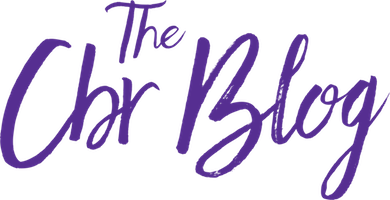For Autism Awareness Month, we’ve recapped everything you need to know about autism and newborn stem cell science, from basic info to the clinical trials underway.
To understand how newborn stem cells could help, let’s first look at what we know about autism.
What is Autism Spectrum Disorder (ASD)?
ASD is a group of developmental disorders characterized by communication, social, and behavioral challenges. It’s referred to as a “spectrum disorder” because it encompasses a range of symptoms and severity.
Screening for autism occurs during routine pediatrician visits. Children who show signs of ASD are then typically referred to specialists who are experienced in diagnosing ASD using various assessments.
Who does autism affect?
The Autism and Developmental Disabilities Monitoring Network reports 1 in 54 children (8-year-olds) in the US are affected by ASD. It occurs in all racial, ethnic, and socioeconomic groups but is four times more common among boys than girls.
Why is cord blood being researched for autism?
Cord blood is well-known as a valuable source of hematopoietic stem cells (HSCs). Due to their ability to turn into cells of the blood and immune system, HSCs are already used in the treatment of over 80 conditions as part of a stem cell transplant.
But researchers are interested in cord blood for a different purpose: regenerative medicine. Scientists think that the cells in cord blood may be able to promote healing through cell communication. Exciting research using cord blood in regenerative medicine has already been underway in FDA-regulated clinical trials.
While the cause of autism remains unknown, research suggests that some children with ASD have dysfunctional immune systems that may be causing damage within the nervous system and the developing brain.1,2
Scientists are hoping to find new treatments that decrease inflammation and calm the dysfunctional immune response. In turn, they’re wondering if cord blood stem cells could help, since research has shown that they have the ability to regulate inflammation and migrate to the site of neurologic injury.3,4
There is also the bystander effect, which theorizes that the infused cells secrete factors that promote the body’s own repair mechanism in the surrounding tissue(s) via paracrine signaling5, a form of cell-to-cell communication.
Where are clinical trials at right now?
Duke University published the initial results of their phase 1 trial involving cord blood and autism back in 2017. The results showed that cord blood infusions were safe in children with ASD.
In late 2018, we reported they had released a second batch of findings, this time on the electroencephalography (EEG) results of the children who participated in the study.
Their conclusion? They found that after children had received the cord blood infusion, their EEG patterns more closely resembled the EEG profiles of children without an autism diagnosis.
These changes were found to be statistically significant, which suggests the cord blood infusions may have contributed to these changes in electrical activity in the brain.
In 2019, Duke completed a phase 2 trial that included children who used their own banked cord blood and children who used a matched donated unit. We’re still waiting on those results to be published.
Duke has also completed a phase 1 trial involving cord tissue and autism! While we are awaiting those results, we do know that they’ve moved on to a phase 2 trial, which started in November 2019. Its objective? To test the efficacy of mesenchymal stem cells from donated cord tissue in helping treat children with ASD.
Please note: The current Duke study is sourcing mesenchymal stem cells processed from Duke’s repository of donated cord tissue. While CBR clients are free to enroll, participation does not require the use of their own, privately banked cord tissue.
As always, we’ll keep you posted as the science moves forward. Keep on the lookout for our next article, and don’t forget to share with friends and family!
Expecting a child? Have friends or family who are expecting? Enroll with us today or log into your account for your unique referral code. When someone you refer banks with CBR, you’ll get one year of free cord blood storage—and they’ll receive special pricing on our cord blood and cord tissue bundle!
1. Goines P, Van de Water J. The immune system’s role in the biology of autism. Curr Opinion in Neurol. 2010;23(2):111-117. doi:10.1097/WCO.0b013e3283373514.
2. Gupta S, Aggarwal S, Heads C. Dysregulated immune system in children with autism: beneficial effects of intravenous immune globulin on autistic characteristics. J Autism and Developmental Disord. 1996 Aug; 26 (4):439-452.
3. Sun JM, Kurtzberg J. Cord blood for brain injury. Cytotherapy. 2015 June; 17 (6):775-785. doi:10.1016/j.jcyt.2015.03.004.
4. Lv YT, Zhang Y, Liu M, et al. Transplantation of human cord blood mononuclear cells and umbilical cord-derived mesenchymal stem cells in autism. J Translational Med. 2013 Aug 27; 11:196. doi:10.1186/1479-5876-11-196.
5. Baraniak PR, McDevitt TC. Stem cell paracrine actions and tissue regeneration. Regenerative Med. 2010 Jan; 5(1):121-143.



Hi,
I would like to enrolling my daughter as she diagnosed with ASD. I have contacted duke university but their is no reply for an year. I would like to possible efforts to put help my child growth.
Please give us a call directly. We would love to see how we can possibly help! 1.888.240.1996
Hi, my son is 11 and he has his own cord blood collected, can he be enrolled for the treatment? Many thanks for a reply
We’d be happy to have a Clinical Specialist connect with you to discuss your family’s specific situation. Please give us a call so we can get some more information.
Thank you for this informative post and years before, autism was not curable, medicine could help but only with coping but now stem cell therapies are effective and life changing.
Dr. David Greene
Thank you for the much-needed autism awareness! As stated in the article above. investigations from our lab at Kosheeka also show similar improvement trends for umbilical cord stem cells in Autism research. Our lab is also working on stem cell therapy research for Autism and if any doctors or researchers would like to collaborate or procure umbilical cord stem cells, you can visit http://www.kosheeka.com or mail us at info@kosheeka.com
Speaking from my personal experience with my nephew; who was treated with stem cell therapy for autism. Like every other parent, my brother was also struggling to understand why Aarav-my nephew was not making any direct eye contact or making strange vocal sounds. His parents consulted different doctors, who all ultimately settled on the fact that Aarav was coping up with one of the autism spectrum disorders. And the journey of trial and error began from that point. We tried steroid-based treatment, speech, and occupational therapy, dietary changes, etc. Undoubtedly, it benefitted Aarav to some extent; but we understood that these are value-added therapies and not mainline treatments. From one of our sources, we came to know about stem cell therapy for autism at Advancells. We immediately contacted Advancells and discussed Aarav’s medical condition with their experts; they were extremely supportive and helpful in making us understand the whole process. Now, after one and half years post-therapy, we don’t regret our decision. Aarav has started speaking two-letter words. His eye contact has improved. We are happy to see him responding to our questions, if not through a complete sentence, but his gestures.
To anyone out there seeking stem cell therapy for autism, you can visit Advancells at https://www.advancells.com/autism/ or directly contact them at info@advancells.com